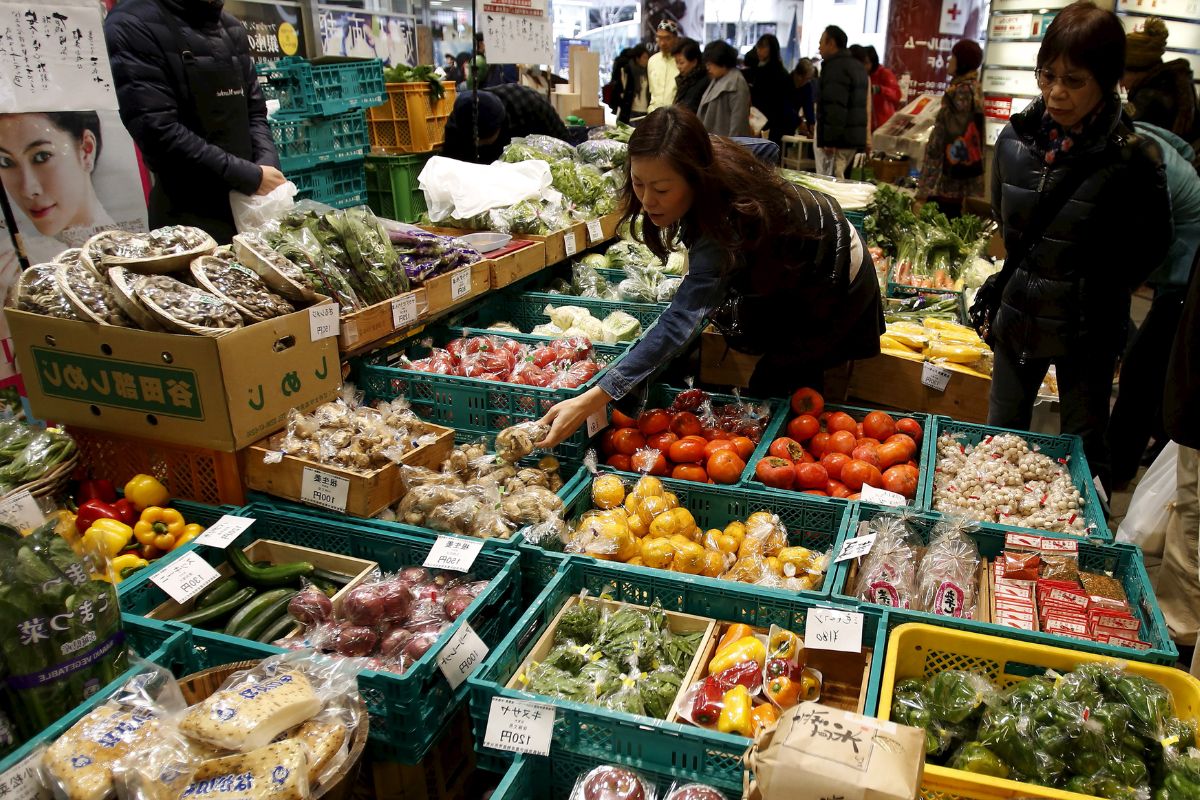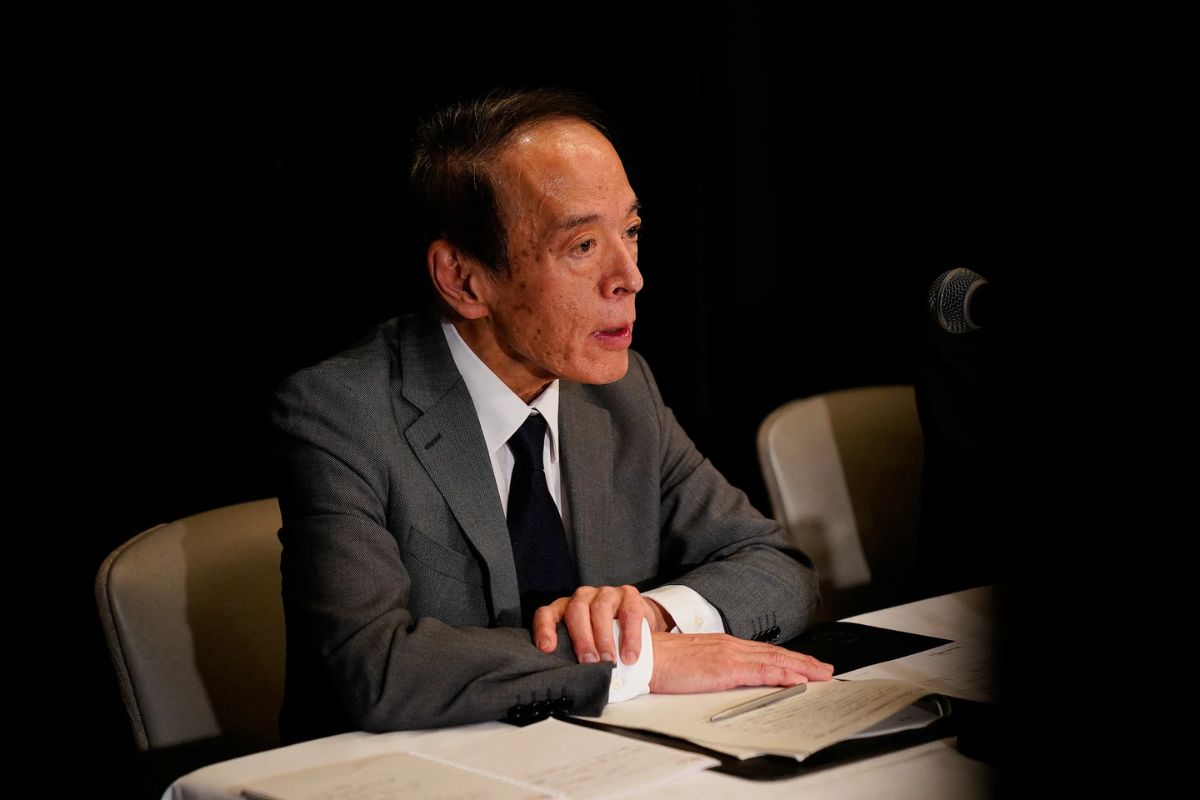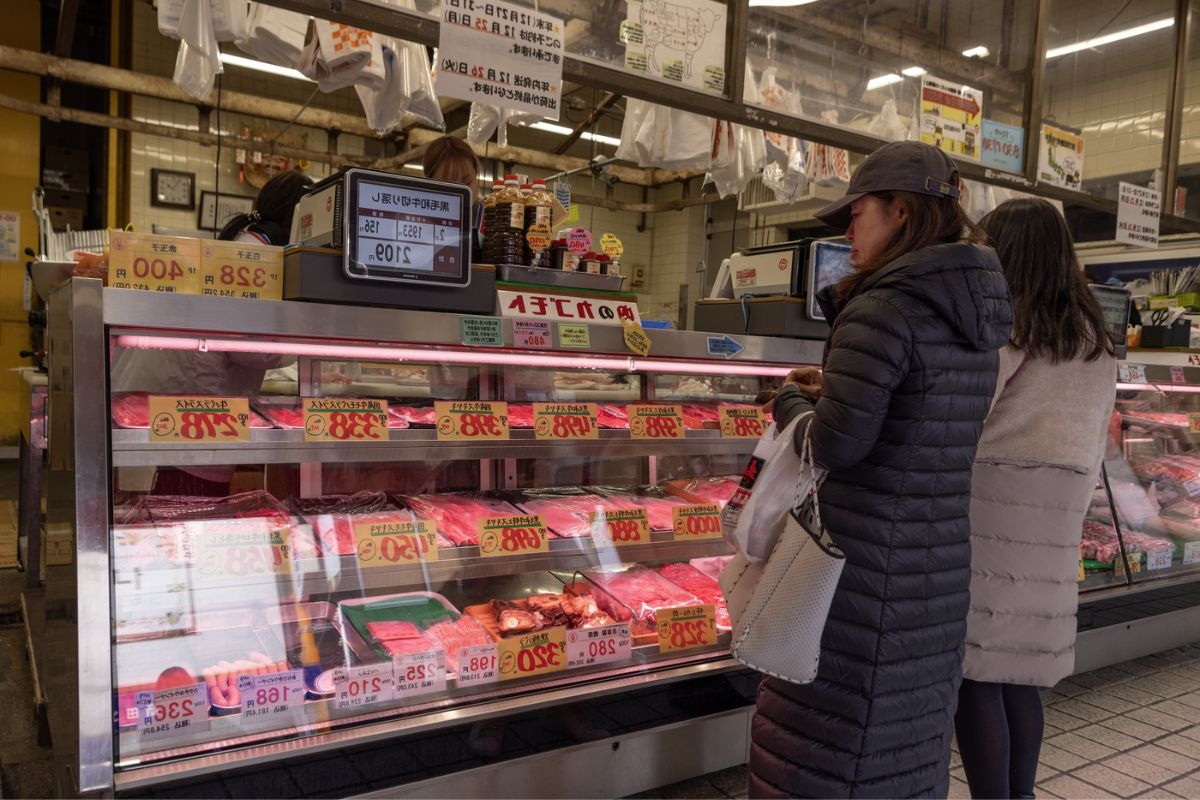Stability in Japan’s Wholesale: In December, Japan’s wholesale inflation remained stable, providing a glimmer of relief for the Bank of Japan (BOJ) after months of mounting pressures. The recent report revealed a moderation in wholesale price growth, which has been attributed to various factors such as weaker demand, supply chain disruptions, and the lingering effects of the pandemic.
This development comes as a welcome respite for the BOJ, which has been grappling with the challenge of stimulating inflation in the face of an uncertain economic landscape. As we delve deeper into the factors contributing to the inflation slowdown, it becomes evident that broad inflationary pressures are persisting amidst declines.
The BOJ’s response to this situation and the anticipated review of interest rates have become crucial points of focus for market participants. However, it is the perspective of the BOJ Governor on the future of monetary policy that holds the key to understanding how Japan’s wholesale inflation will evolve in the coming months.
Key Takeaways
- Japan’s wholesale inflation has remained stagnant for 12 consecutive months, indicating a lack of inflationary pressure.
- Weak consumer demand and a sluggish recovery from the pandemic contribute to the lack of inflation.
- Government subsidies aimed at curbing petrol and utility bills have reduced wholesale inflation by 0.9%.
- Policymakers and businesses need to anticipate and respond to inflationary pressures to ensure stability and achieve inflation objectives.
Stagnant Wholesale Inflation in Japan:
Stagnant wholesale inflation in Japan has persisted for the 12th consecutive month, defying market expectations and highlighting the prolonged period of slowed growth in the corporate goods price index (CGPI).
This lack of inflationary pressure reflects the ongoing challenges faced by the Japanese economy, characterized by weak consumer demand and a sluggish recovery from the pandemic-induced downturn.
Also Read: Yen Year-Low Dilemma: Dollar Strength Prevails Amidst Fed’s Inflation Watch
The flat performance of the CGPI in December, contrary to the anticipated decline, further underscores the subdued state of the wholesale market.
This persistent stagnation in wholesale prices suggests that businesses are struggling to pass on costs to consumers, indicative of a lack of pricing power and potential deflationary pressures.
Such a prolonged period of low inflation raises concerns about the effectiveness of monetary policy and the need for further stimulus measures to reinvigorate economic growth and combat deflationary risks.
Factors Contributing to Inflation Slowdown:
The decline in wholesale inflation in Japan can be attributed to several key factors that have contributed to the overall slowdown in price growth. These factors include:
- Government subsidies: Government subsidies aimed at curbing petrol and utility bills have played a pivotal role in the inflation slowdown. These subsidies have collectively reduced wholesale inflation by 0.9%. This indicates that government intervention can have a significant impact on price levels.
- Shifting demand dynamics: Specific industries, such as steel, chemical, and wood products, have experienced price declines in December. This suggests a global decrease in demand for these commodities. The decrease in demand can be attributed to various factors such as changing consumer preferences and economic uncertainties, impacting overall price growth.
- Global economic conditions: The inflation slowdown in Japan may also be influenced by global economic conditions. Factors such as trade tensions and geopolitical uncertainties can impact demand and supply dynamics, leading to a slowdown in price growth.
Understanding these factors is crucial for policymakers and businesses to make informed decisions and navigate the changing inflation landscape. By monitoring government subsidies, demand dynamics, and global economic conditions, stakeholders can better anticipate and respond to inflationary pressures.
Broad Inflationary Pressures Amidst Declines:
Amidst the decline in wholesale inflation, a significant proportion of items in the index have experienced price increases, indicating broad inflationary pressures in Japan. Despite the overall slowdown, approximately 80% of items in the index saw price increases compared to the previous year. This highlights the complexity of managing inflationary trends and suggests that the Bank of Japan’s pursuit of its 2% inflation target may still be relevant. To illustrate this point, consider the following table:
| Category | Price Increase (%) |
|---|---|
| Food | 2.5 |
| Energy | 3.8 |
| Raw Materials | 1.2 |
| Manufactured Goods | 1.7 |
The table demonstrates that a broad range of categories within the wholesale price index experienced price increases. This indicates that inflationary pressures are not confined to a specific sector but are spread across different areas of the economy. As such, policymakers must carefully navigate these complexities to ensure stability and achieve their inflation objectives.
BOJ’s Response and Anticipated Interest Rate Review
Given the complexity of managing inflationary trends and the broad range of categories experiencing price increases, the Bank of Japan’s response and anticipated interest rate review are crucial in navigating the delicate balance between stimulating economic growth and managing inflationary pressures.
Here are three key points to consider:
- Reduction in core consumer inflation forecast: The upcoming interest rate review is expected to involve a downward revision in the core consumer inflation forecast for fiscal 2024. This suggests that the BOJ acknowledges the challenges in achieving its 2% inflation target.
- Maintaining the view on trend inflation: Despite the downward revision, sources indicate that the central bank will likely maintain its view that trend inflation will remain close to the target in the coming months. This signals the BOJ‘s commitment to supporting price stability.
- Exit from ultra-loose monetary policy: The wholesale price data serves as a significant indicator for the BOJ, influencing decisions on the timing of exiting ultra-loose monetary policy. The interest rate review will shed light on the central bank’s strategy for gradually tightening its monetary stance while supporting economic growth.
BOJ Governor’s Perspective on Monetary Policy:
BOJ Governor Kazuo Ueda’s perspective on monetary policy provides valuable insights into the central bank’s strategy for navigating Japan’s evolving economic landscape. He emphasizes the importance of sustaining ultra-loose monetary policy until recent cost-driven price increases transition into inflation propelled by robust domestic demand and higher wages.
This indicates that the BOJ is closely monitoring the relationship between inflation and economic growth and is willing to maintain accommodative policies until a sustainable inflationary environment is achieved. Ueda’s approach acknowledges the challenges of managing Japan’s economic trajectory, especially considering the wholesale inflation figures.
These figures play a crucial role in shaping the BOJ’s strategy, highlighting the need to carefully consider the country’s economic conditions and make well-informed decisions to ensure stability and growth. By providing valuable insights, Ueda’s perspective helps investors and analysts understand the central bank’s decision-making process and its impact on the Japanese economy.
Conclusion Of Stability in Japan’s Wholesale
The December report on Japan’s wholesale inflation reveals a stagnant trend, which has eased pressures on the Bank of Japan (BOJ). Factors such as declining energy prices and weak domestic demand have contributed to the slowdown in inflation.
Amidst these broad inflationary pressures, the BOJ is expected to review its interest rates. The perspective of the BOJ Governor on monetary policy will play a crucial role in shaping future actions.
Overall, this report highlights the need for cautious and strategic decision-making in order to address the challenges faced by Japan’s economy.
Our Reader’s Queries
Q1 How does Japan manage inflation?
A Addressing inflation concerns, Prime Minister Kishida revealed a stimulus package totaling 17 trillion yen (US$113 billion) in November 2023. The initiative includes expanded subsidies aimed at mitigating the effects of elevated energy prices, offering financial assistance to low-income households, and implementing tax reductions.
Q2 What is causing Japan’s inflation?
A The surge in food and energy prices, induced by the pandemic and the Ukraine war, is contributing to the conclusion of Japan’s prolonged era of stagnation. In contrast to decades of declining prices and stagnant growth, businesses in Japan are presently witnessing substantial price hikes. Photo by Kimimasa Mayama/EPA/Shutterstock.




